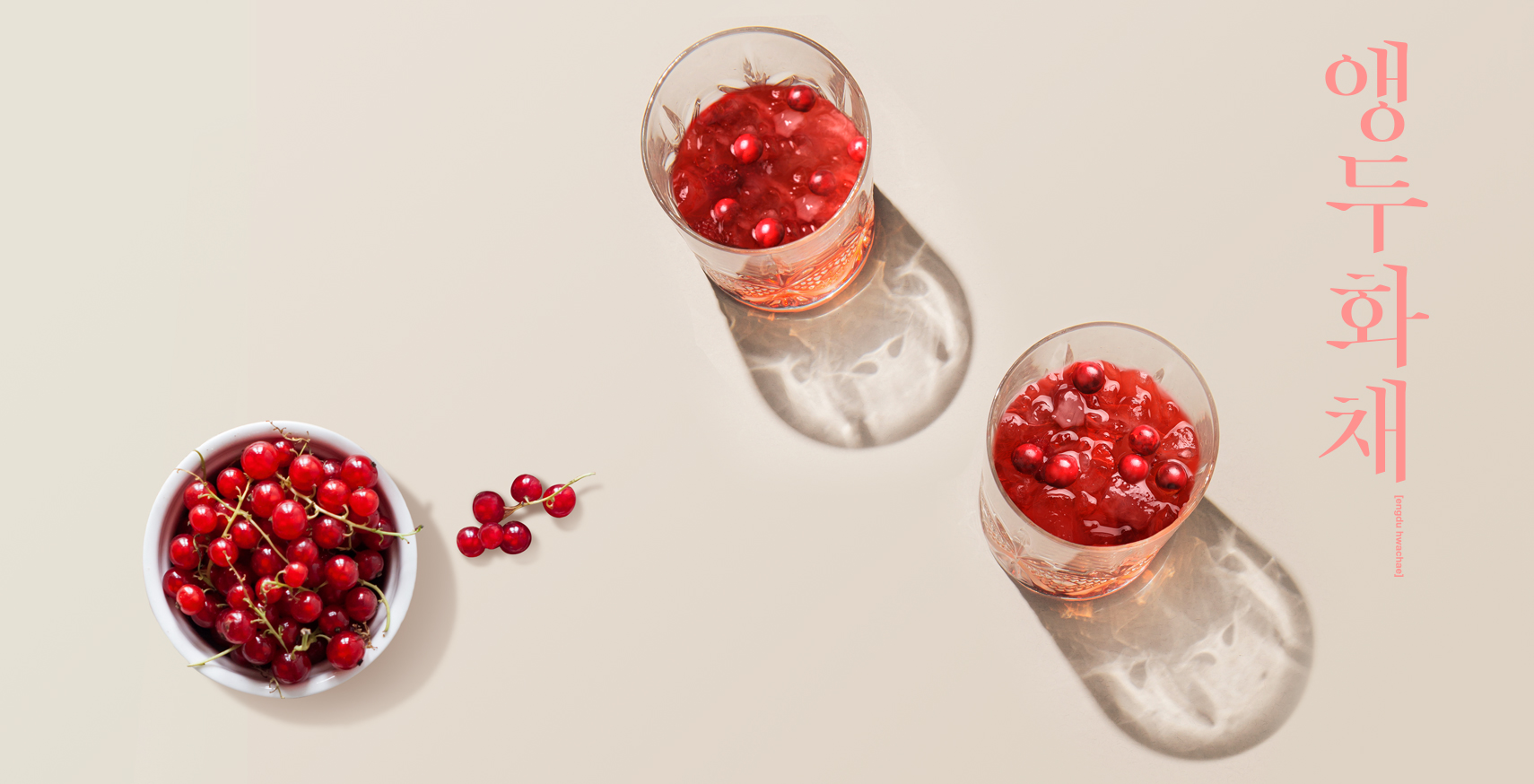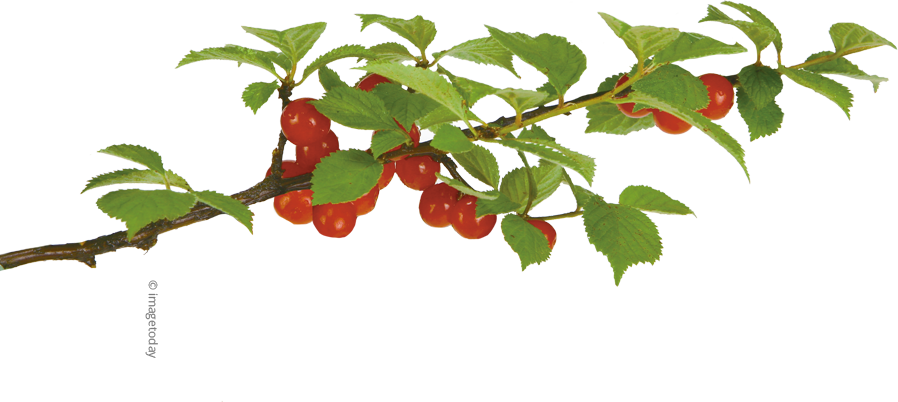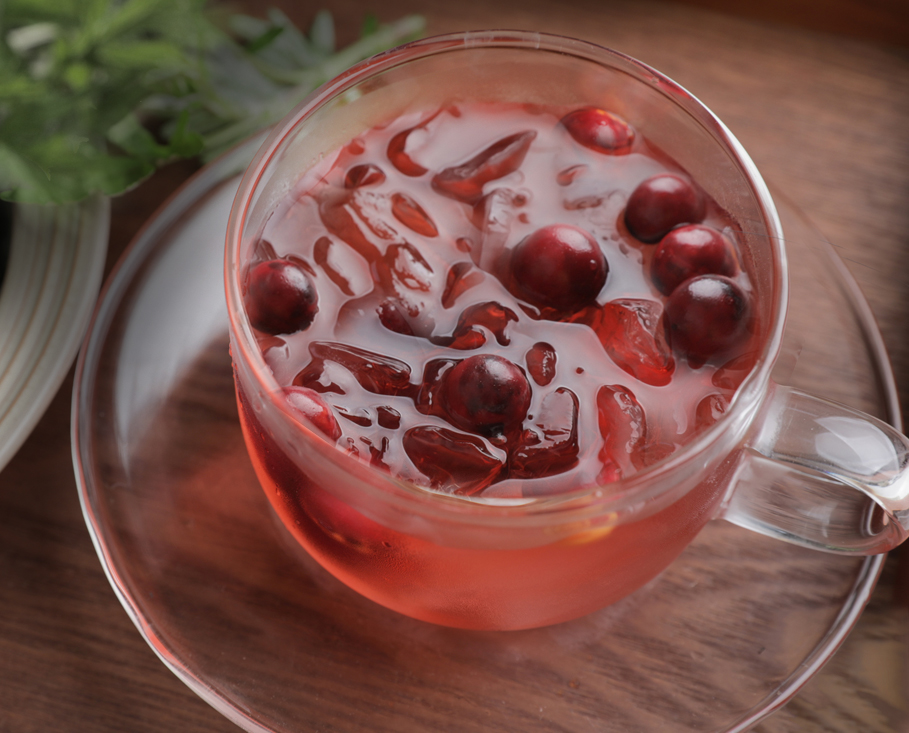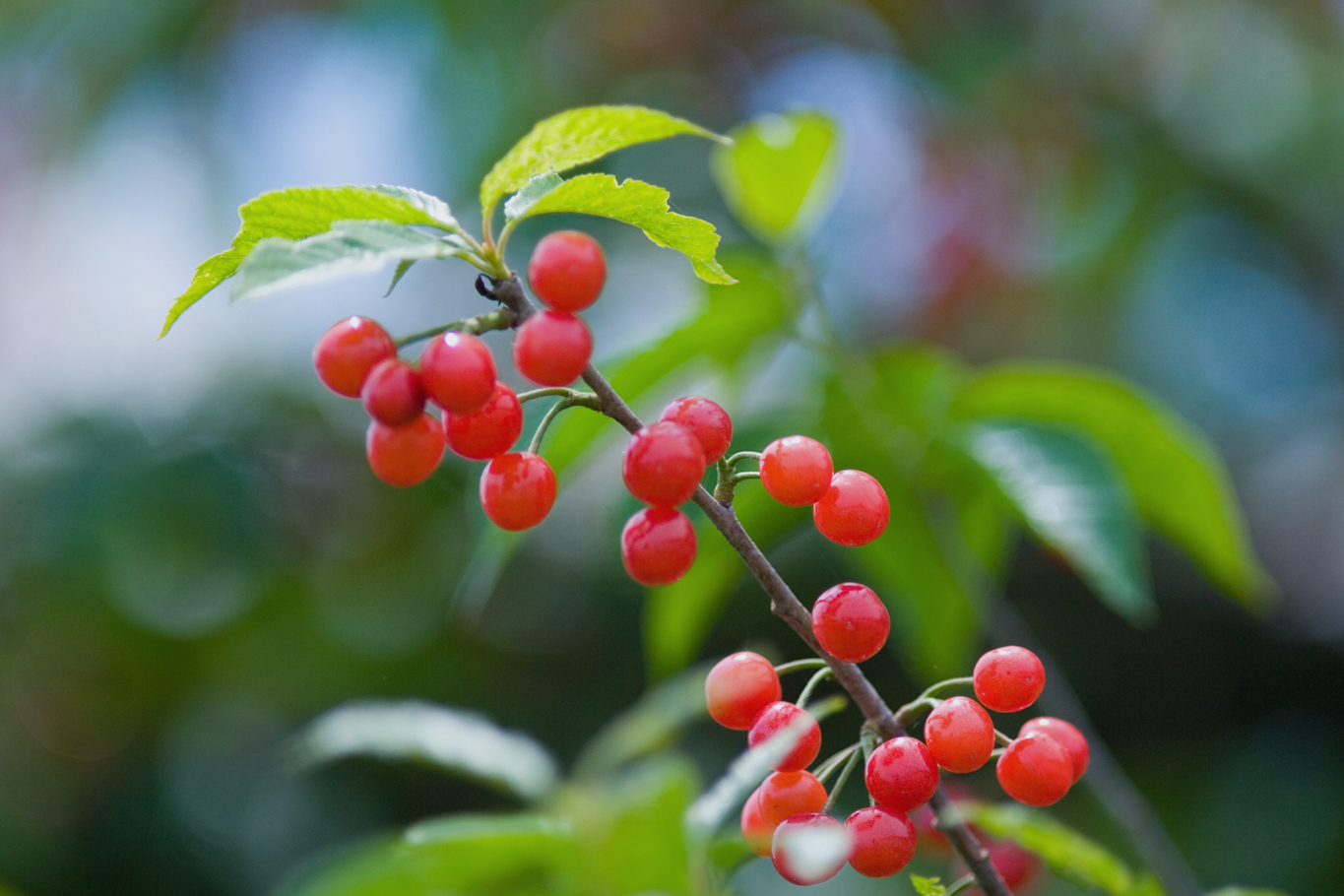June 2021

June 2021
One of the most refreshing of all traditional Korean non-alcoholic drinks happens to be an early summer strong suit. The refreshment also coincided with one of the nation’s biggest folk celebrations marking the end of planting season. After months of toiling about the fields, it is no wonder a spectacular fruit punch provided the tangy dose of revitalization for those who presided over the Korean peninsula in bygone days.
Written by
Tim Alper,
contributing writer
Photo courtesy of
@100year_shop
 ©shutterstock
©shutterstock
As early summer kicks in and temperatures rise in Korea, outdoor activities become the order of the day. And with daytime mercury levels rising, it is easy to get very thirsty when you’re outdoors. Fortunately, you can find a range of refreshing beverages at almost every corner in Korea.
One of the most refreshing of all traditional Korean non-alcoholic drinks happens to be an early summer strong suit. And its story is inseparable from the nation’s favorite staple: rice. Today in globalized Korea, rice consumption is in decline, with varied alternatives readily available in grocery stores and eateries. Regardless, per Statistics Korea data, the average Korean ate nearly 58 kg of rice in 2020. In the past, there were no viable alternatives to rice: one either ate it two or three times a day or starved.
Rice planting was an exhausting process in the days before modern agricultural technology. Farmers would start surveying their paddy fields after the winter snows subsided, making repairs to the paddies until the middle of spring. They would then begin the process of cultivating rice seedlings. And the final stage of the process took place at the start of the fifth lunar month, when they would flood their paddy fields and transplant the seedlings.


The end of planting season was a time of great celebration, marked with a festival named Dano. Although a farmer’s work is never done — villagers would spend the long hot summer months weeding, removing pests, and checking water levels till fall — planting was the most taxing chapter of the story.
Though Dano has become a relatively low-key affair in modern times, it was once one of the nation’s biggest folk celebrations.
Historians have found evidence that people of the Samhan, chiefdoms that ruled what is now Korea from the early part of the first century BCE to the 300s, celebrated Dano. The festival was also marked by the Samhan’s descendants during the Three Kingdoms period (57 BCE to 668 CE).
Nobody quite knows when engdu hwachae — a non-alcoholic fruit punch made of berries — became an integral part of Dano festivities, but for many the two are now inseparable.
The drink gets its name from the eponymous engdu (Prunus tomentosa), but one of the most common recipes for the beverage also makes use of another of Korea’s native berries, the much-prized omija (magnolia berry).
For this version, cooks create a stock-like base for the drink using omija and water. This berry’s name means five flavors — Koreans say that omjia is at once sweet, pungent, sour, bitter and even savory. Omija is used to make a variety of Korean beverages, and is even used in traditional Korean medicine to treat coughs and respiratory illnesses.
But while omija berries are strained away to make this preparation, dealing with the engdu is a far more painstaking affair: Cooks must remove the engdu’s seeds, while taking care not to ruin its spherical form. The omija base is often sweetened with honey and pitted engdu berries added as a finishing touch.
The berry punch seasonally
coincides with rice planting.
 Engdu tend to be tinier, lighter in color, and slightly more transparent than the typical cherry. ©imagetoday
Engdu tend to be tinier, lighter in color, and slightly more transparent than the typical cherry. ©imagetoday
Most of Korea’s most popular berries ripen by the start of summer, making this punch a seasonal delight. And a delight it is. Not overly sweet, the pleasantly sharp concoction is even aesthetic with bright red berries floating on its surface.
Various customs grew up alongside the hwachae, including the tradition to consume it as part of a pre- or post-meal snack alongside a rice cake named surichwitteok. This vivid green delicacy is made of rice flour mixed with the leaves of a native thistle that thrives in marshland. Foraging for edible greens is a time-honored tradition in Korea. People still forage today, in grassy parts and hillsides as spring gives way to summer. At this time of the year, a number of these greens are added to rice cakes to add subtle flavor and hue.
Surichwitteok is lighter in color than its green cousins, and usually crafted into the shape of a broad, flat wheel. Some cooks add spoke-like details to their eye-catching creations.
The addition of the marsh herb leaves in this recipe adds plenty of flavor, but also drives up its fiber content, making it one of the country’s healthiest snacks.
 Surichwitteok, a rice cake mixed with marshland leaves, is a great complement to engdu hwachae (berry punch).
Surichwitteok, a rice cake mixed with marshland leaves, is a great complement to engdu hwachae (berry punch).
In bygone days, one can imagine tired farmers returning from their paddy fields to the sight of a table filled with surichwitteok and engdu hwachae.
In the days of the Samhan, Dano was closely associated with shamanistic rituals and indiginous religions. The day was often marked by ritualistic offerings to the souls of the deceased and animist spirits. In the subsequent Three Kingdoms and Goryeo periods, Buddhism became the dominant religion. But planting rice was so important that new Buddhist converts separated the Dano tradition from its shamanistic origins in order to keep the festival alive.
By the Joseon Dynasty (1392-1910), the celebration was a cornerstone of the agricultural calendar. This period was dominated by high-minded scholars and nobles, none of whom deigned to dirty their hands with rice planting — meaning their writings make scant mention of Dano traditions.
However, fascinating snapshots of the way the illiterate masses celebrated Dano can be found in the works of Korea’s great master painters of the Joseon period, Shin Yun-bok (a.k.a. Hyewon) and Gim Hong-do. The painters were contemporaries — both were born in the 1700s and died in the 19th century.
And both captured the sheer joy of the Dano celebrations in arguably their most famous works. Gim’s piece features a bout of ssireum (traditional Korean wrestling). In the middle of the picture, two fighters grapple, and are surrounded by jovial, seated spectators who’d be on break from back-breaking manual labor.
Shin’s work Scenery on Dano Day shows the other side of the coin. Courtesans bathe in a riverside. Assuming they are alone, they undress and wash, while one of them brings food, another braids her hair while another plays on a long swing. At the top of the image, a pair of mischievous young novice monks hide in a rocky outcrop, peeking lustfully at the bathers.
These swings, still found in rural parts of the country, were a common feature of Dano, which people of all ages would celebrate by propelling themselves into the air. They would also pick certain purple wildflowers that bloomed at this time of the year — with women washing their hair in water filled with the petals and men wearing their roots on their waists. The flower’s color was thought to help ward off evil spirits and usher in good fortune.
It was presumably this kind of jovial mood that engdu hwachae was enjoyed by the ordinary folk who understood the true value of this day and the bountiful rice that awaited their efforts on the other side of summer. Modern Koreans still pay tribute to the day with their own Dano festivities — and reminisce about the past over a cup of refreshing engdu hwachae and a mouthful of surichwitteok.